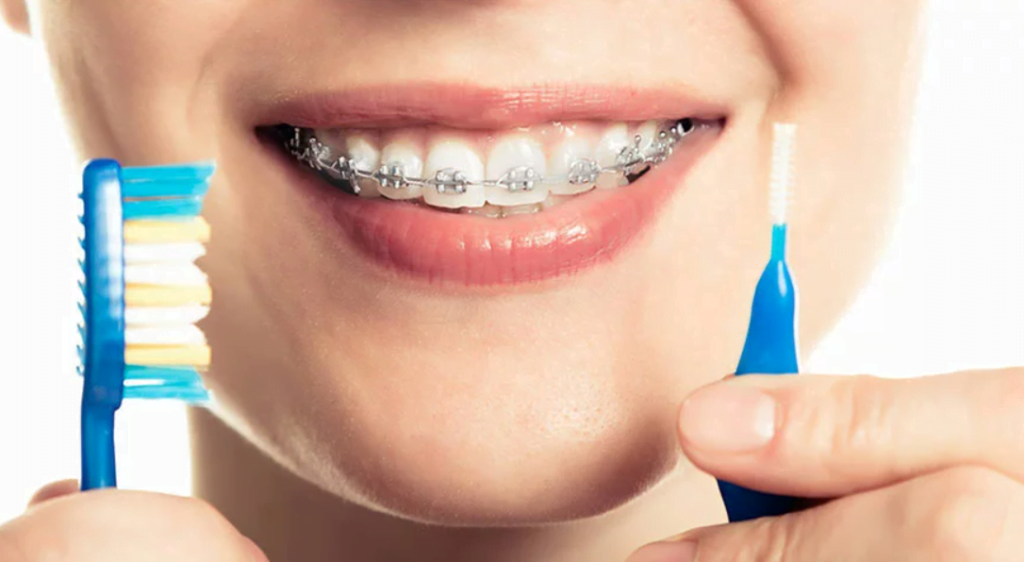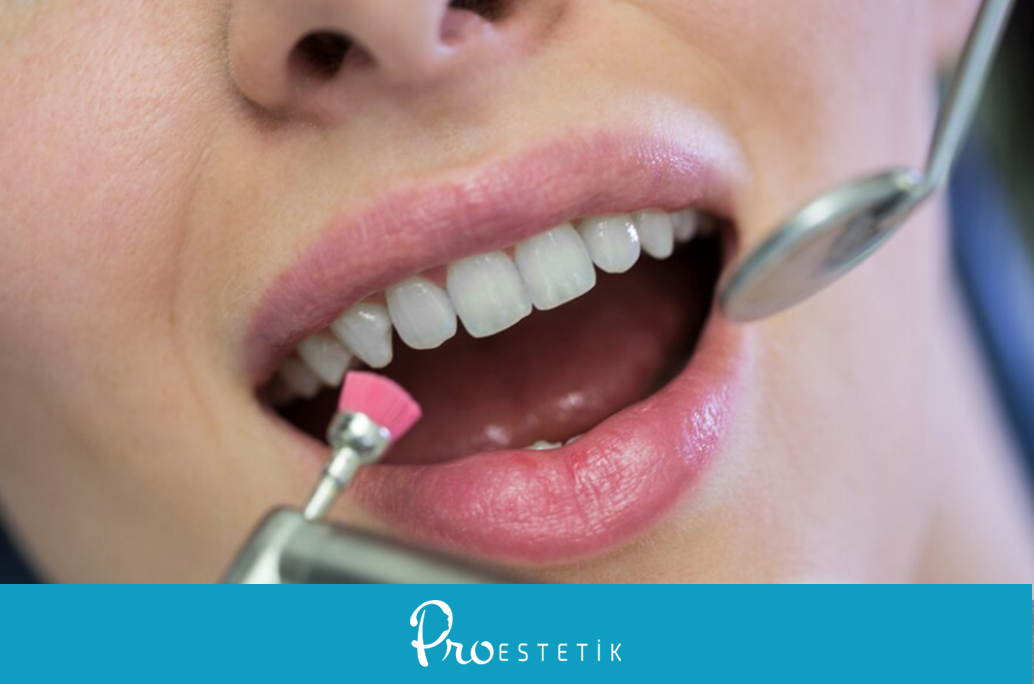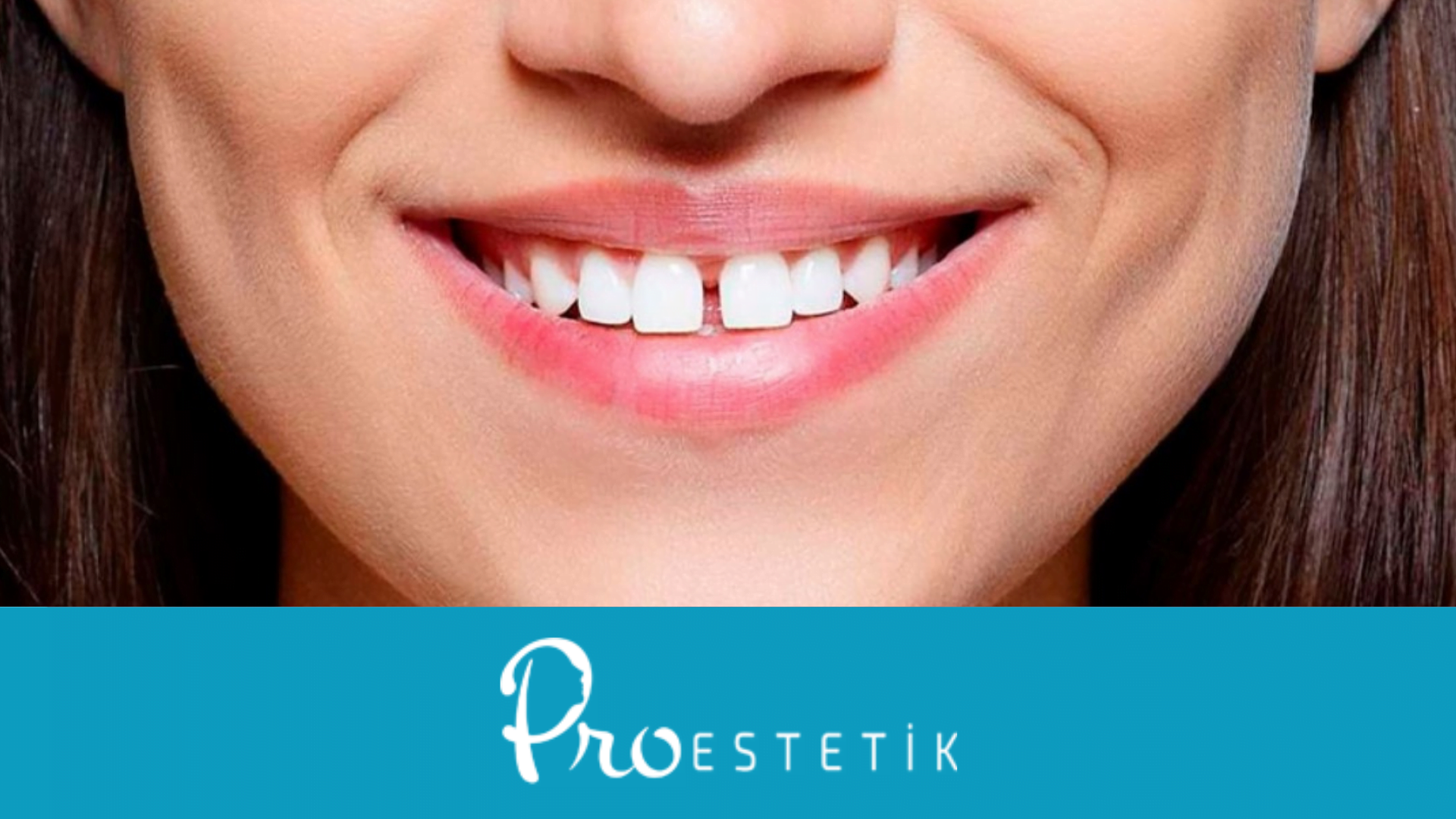How to use an interface toothbrush is a subject of constant curiosity. Although the interdental toothbrush is primarily used by people undergoing braces, it is a tooth cleaning apparatus suitable for every individual. Dentists may recommend using an interdental brush to clean the areas where toothbrushes and sometimes even dental floss cannot reach. In addition, patients who are faced with the problem of gum recession should definitely use an interface brush.
What is an Interdental Brush?
Regular and correct cleaning of the gaps between teeth is crucial for oral health. An interdental brush, unlike traditional toothbrushes, is more advanced and allows for more detailed and healthy dental cleaning. It reaches areas that regular toothbrushes cannot access, facilitating more effective oral hygiene. With specially designed bristles and a movable head, using an interdental brush is highly important for dental care.
How to Use an Interdental Brush?

Especially for patients undergoing orthodontic (braces) treatment, cleaning residues between wires and teeth is important for oral and dental health. Therefore, it's essential to know and apply the correct use of an interdental brush. It's important to note that an interdental brush is not used with toothpaste, and it should not be used too forcefully to avoid damaging the gums.
Interdental brushes are sold in different sizes. After determining the most suitable brush size for your teeth, you can start using it regularly.
- Begin by cleaning your teeth with a regular toothbrush and toothpaste.
- Then, switch to the interdental brush.
- Place the brush between your teeth/wires and start cleaning the area with gentle back-and-forth movements.
- Rinse the brush after cleaning all the spaces between your teeth and wires to prepare it for reuse.
- The tip of the brush can be bent to reach difficult areas while cleaning.
- The brush should be used once a day.
- The same brush should be used for a maximum of one week.
Who Should Use an Interdental Brush?

Patients undergoing orthodontic treatment must use an interdental brush to ensure thorough cleaning between wires and teeth. Patients with gaps between teeth due to gum recession should also use an interdental brush. Patients with fixed prostheses are recommended to use an interdental brush to prevent food residue formation under the restorations. When a toothbrush and dental floss are not sufficient, interdental brushes can be used by everyone.
Interdental Brush Sizes

Interdental brushes are numbered according to their diameters. The size of the brush at the tip varies according to this numbering. The thinnest brush is pink, and the thickest brush is black.
Thin interdental brush: 0.4mm, 0.45mm, 0.5mm Medium-sized interdental brush: 0.6mm, 0.7mm, 0.8mm Thick interdental brush: 1.1mm, 1.3mm, 1.5mm
Interdental Brush Prices
Many different brands sell interdental brushes in the market. A single pack may contain 1, 6, 8, 10, or 32 interdental brushes. The variety available also offers flexibility in prices, allowing you to choose the most suitable brand for your budget.
Interdental brush prices range from 60 TL to 200 TL.

 English
English Turkish
Turkish Deutsch
Deutsch العربية
العربية![[:en]How to Use an Interdental Brush? What is an Interdental Brush?[:tr]Arayüz Diş Fırçası Nasıl Kullanılır? Arayüz Fırçası Nedir?[:de]Wie benutzt man eine Interdentalbürste? Was ist eine Interdentalbürste?[:ar]كيفية استخدام فرشاة الأسنان الفاصلة؟ ما هي فرشاة الأسنان الفاصلة؟[:] arayüz diş fırçası nasıl kullanılır](https://proestetik.com.tr/wp-content/uploads/2023/06/arayuz-dis-fircasi-nasil-kullanilir.jpg)










